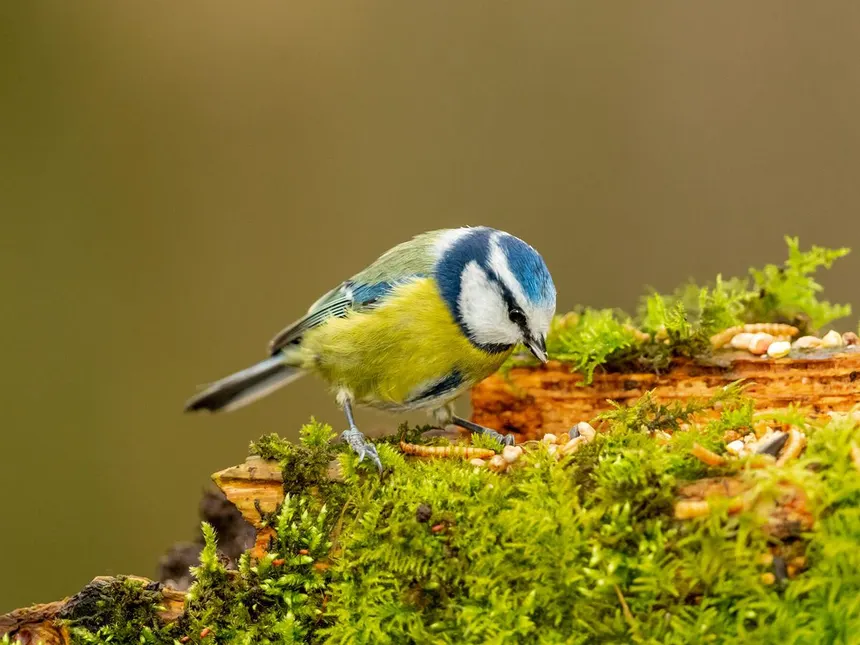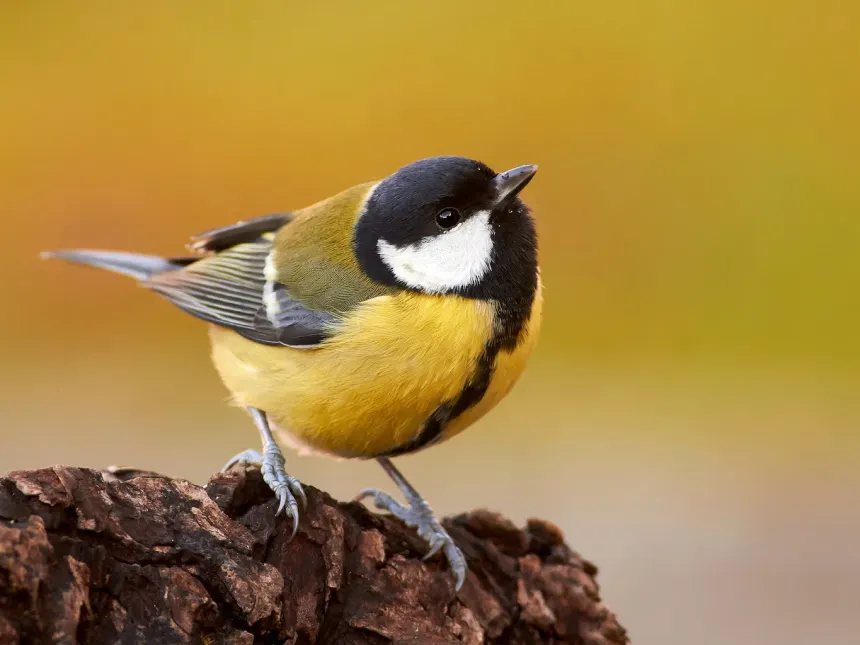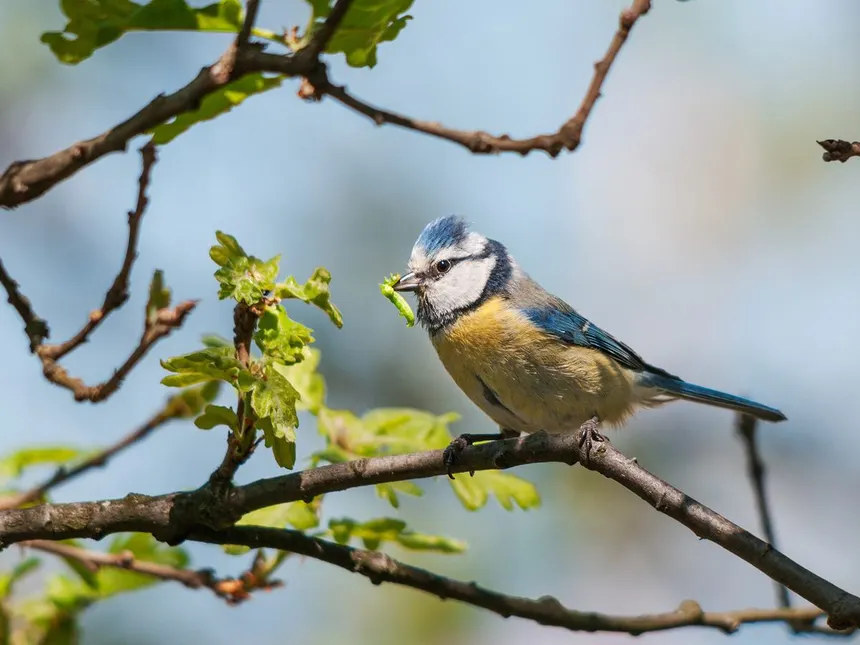What Tits Eat: A Complete Guide to the Diet of These Small Songbirds

Tits are small, lively birds belonging to the family Paridae, known for their acrobatic feeding habits, intelligence, and adaptability. Common species include the Great Tit, Blue Tit, Coal Tit, and Long-tailed Tit, found across Europe, Asia, and parts of Africa. Despite their tiny size, these birds are voracious eaters with a surprisingly varied diet that shifts with the seasons and habitat. Understanding what tits eat not only helps bird enthusiasts attract them to gardens but also reveals how these birds survive in diverse environments.
1. An Omnivorous Diet: Insects, Seeds, and More
Tits are omnivorous, meaning they consume both animal and plant matter. Their diet is largely based on availability, but insects and spiders make up a significant portion, especially in the warmer months.
Key components of their diet include:
- Insects and larvae (especially caterpillars, beetles, aphids, and flies)
- Spiders
- Seeds and grains (especially in autumn and winter)
- Nuts (cracked open using their beaks or by wedging them into tree bark)
- Fruits and berries
- Tree sap and nectar
- Occasionally small snails or other invertebrates
2. Seasonal Eating Habits
Tits adjust their diet based on food availability and nutritional needs throughout the year:
Spring and Summer
- Insects dominate their menu due to the high protein needs of chicks.
- Caterpillars are especially important for feeding nestlings.
Autumn
- Tits begin switching to seeds, nuts, and berries.
- They may start hoarding food, hiding seeds in bark crevices or ground cracks for winter.
Winter
- Insects are scarce, so tits rely on seeds, suet, peanuts, and fat balls (often provided in bird feeders).
- Garden feeding stations become critical to their survival during harsh weather.

3. Feeding Techniques and Behavior
Tits are clever and adaptable foragers:
- They are acrobatic, often seen hanging upside-down to reach food.
- Some species, like the Great Tit, have been observed using tools or solving problems to access food.
- Tits also cache food to eat later, showing memory and strategic planning.
4. Favorite Foods in Gardens
Tits are among the most common garden visitors, especially during winter. To attract them, offer:
- Sunflower seeds (especially black oil sunflower)
- Peanuts (unsalted and unroasted)
- Suet and fat balls
- Mealworms (especially live ones in spring)
- Fruit pieces (apple, pear, raisins)
Ensure feeders are placed in safe, sheltered areas and cleaned regularly to prevent disease.
5. Foraging in the Wild
In forests, hedgerows, and parks, tits forage for:
- Tree-dwelling insects
- Pine and other conifer seeds
- Beech mast and acorns
- Wild berries like elderberries, hawthorn, and brambles
They will explore tree bark, leaves, and undergrowth—often in mixed-species flocks with other small birds like nuthatches and warblers.
6. Nesting and Feeding Chicks
During nesting season (spring to early summer), adult tits focus almost entirely on protein-rich food:
- Caterpillars are the top choice.
- One brood of chicks may require up to 10,000 insects during development.
- Parents make hundreds of trips daily to feed their hungry young.
7. Role in the Ecosystem
By eating insects, tits help control pest populations, making them beneficial to ecosystems and agriculture. Their diet also supports seed dispersal and pollination (when feeding on nectar).

Conclusion
Tits are dynamic and intelligent little birds with a diverse and adaptable diet. From devouring insects in spring to cracking seeds in winter, their feeding habits showcase resilience and cleverness. Whether you’re a birdwatcher or gardener, offering the right foods can support these feathered acrobats year-round—while giving you a front-row seat to their charming antics.



